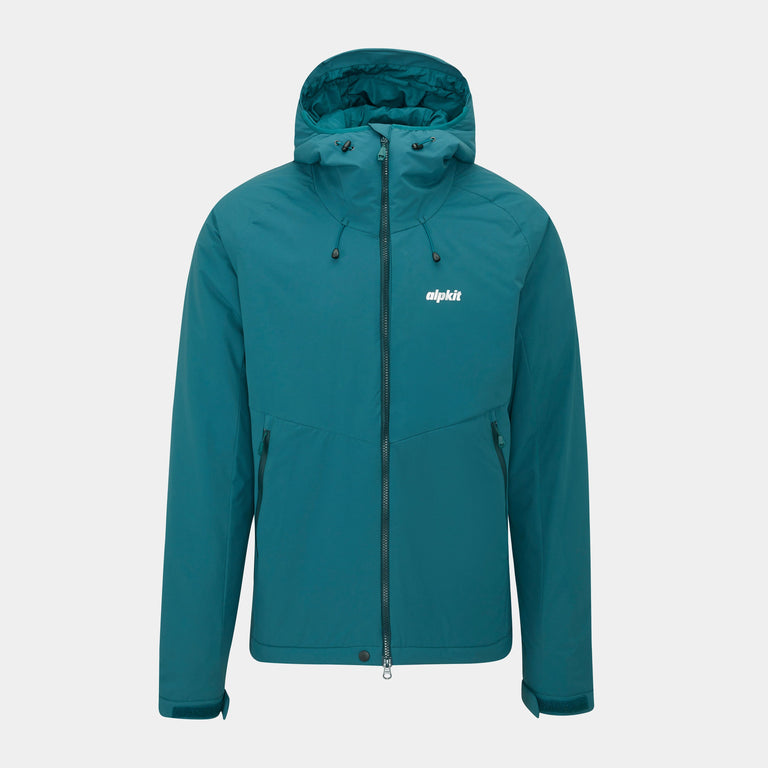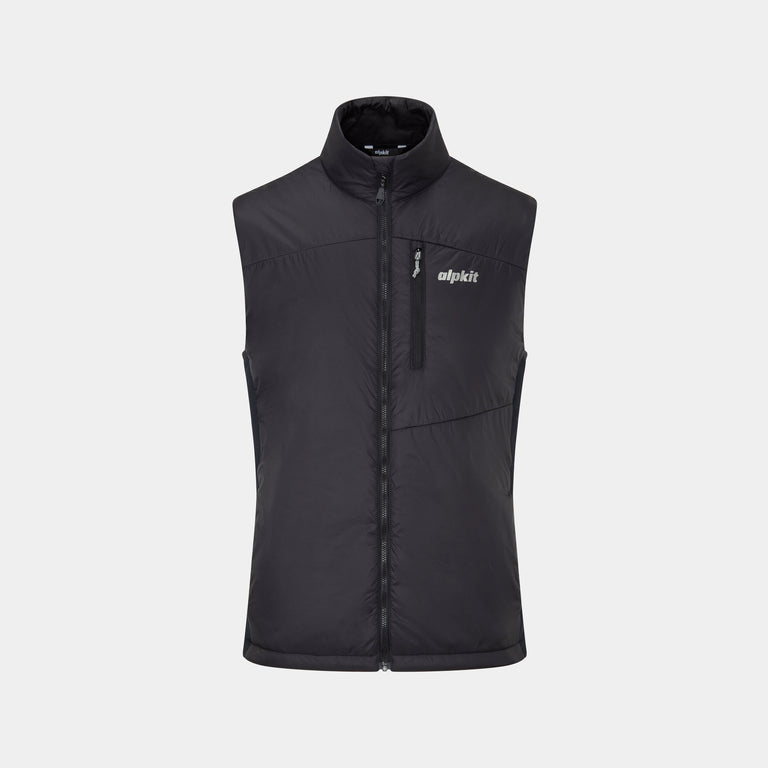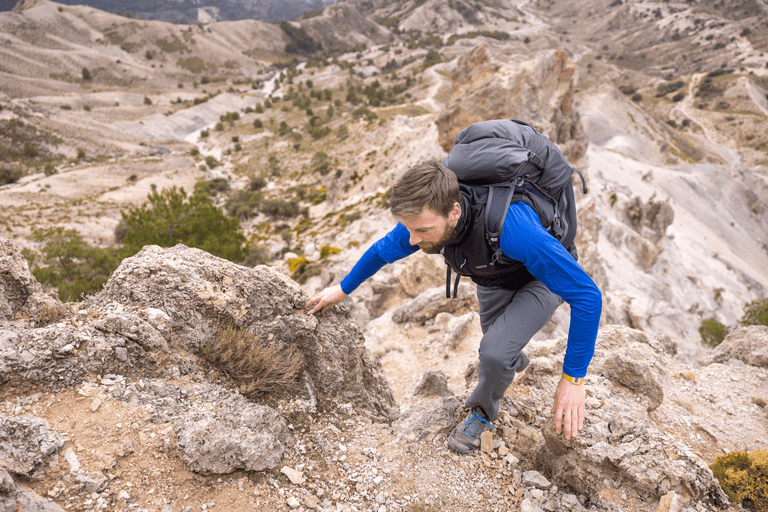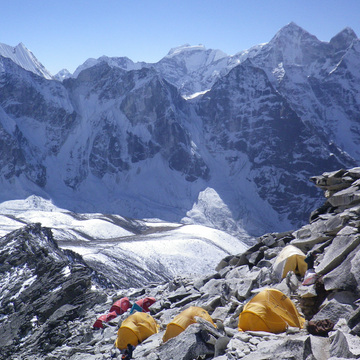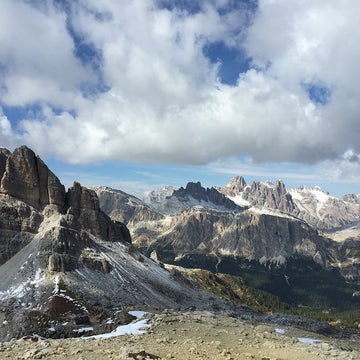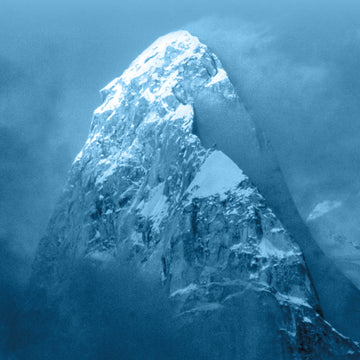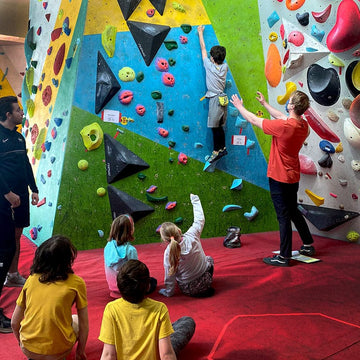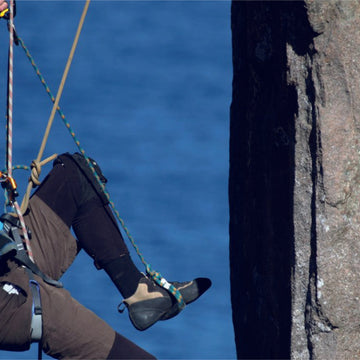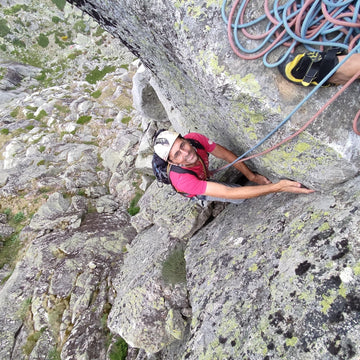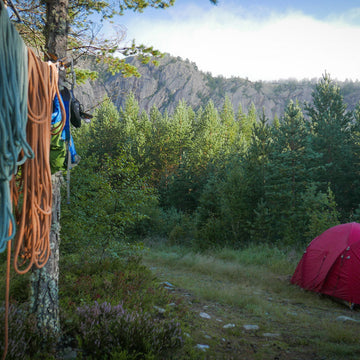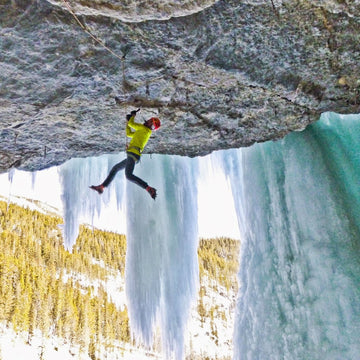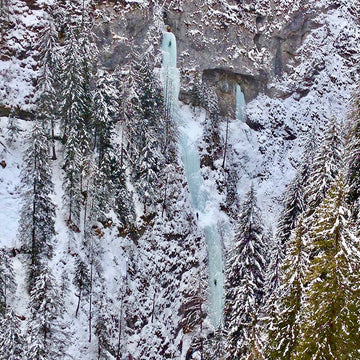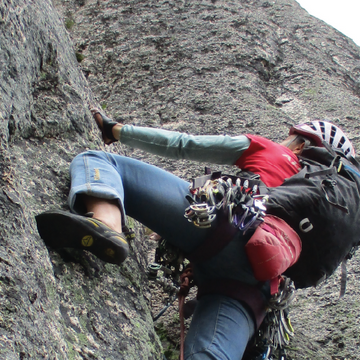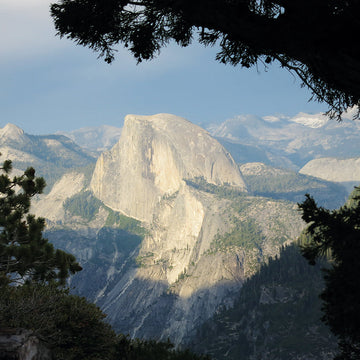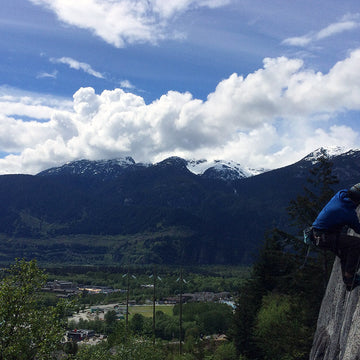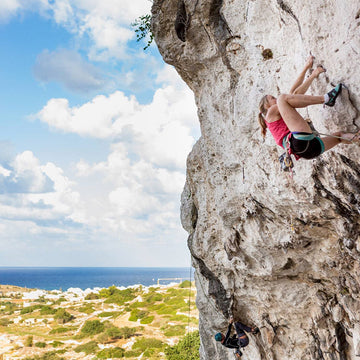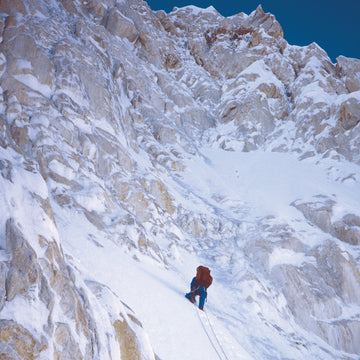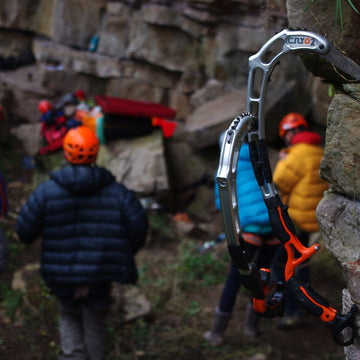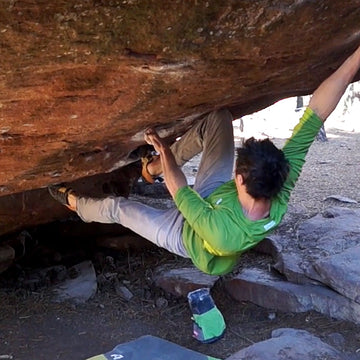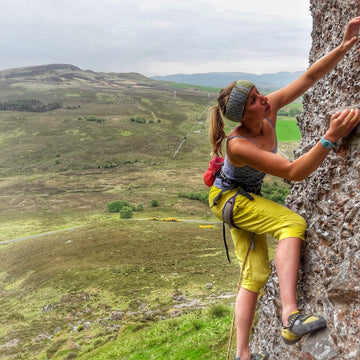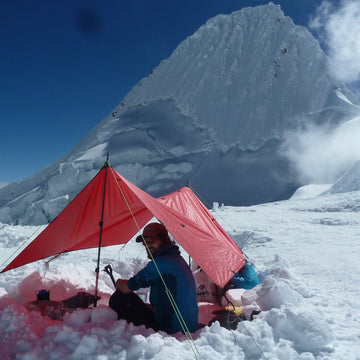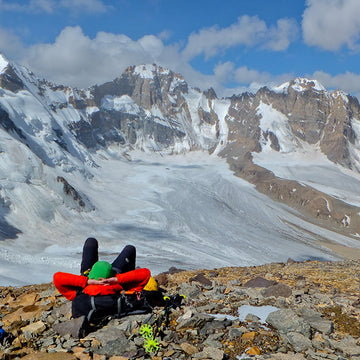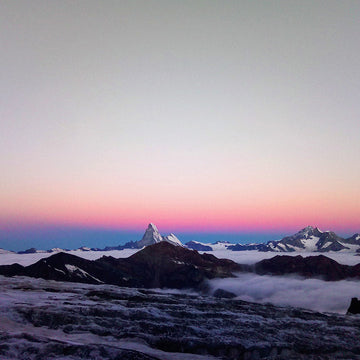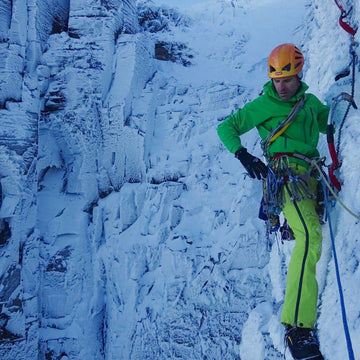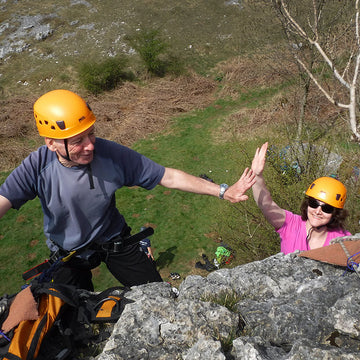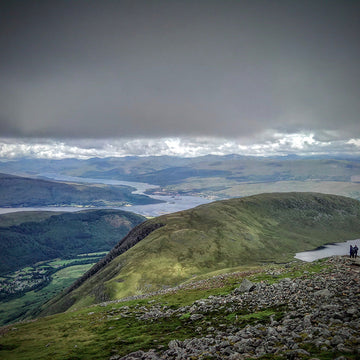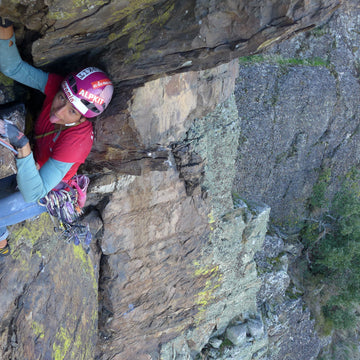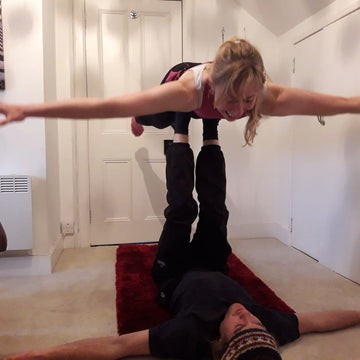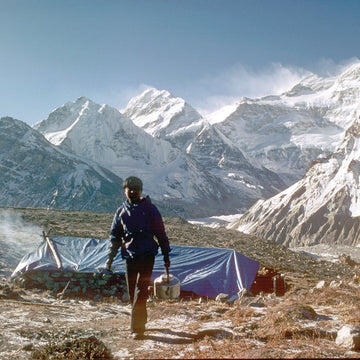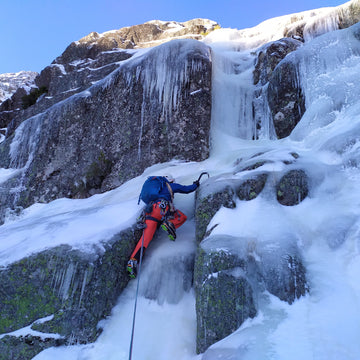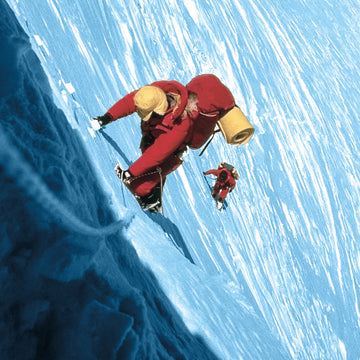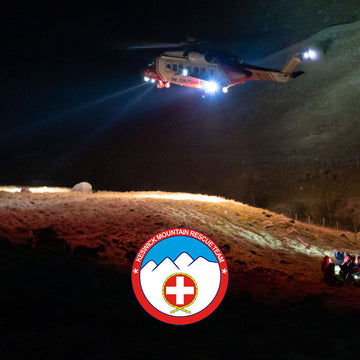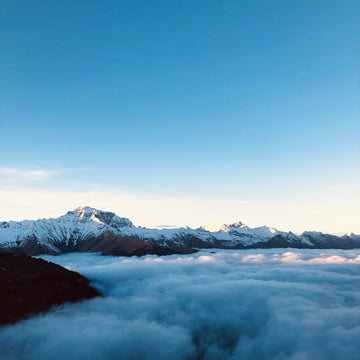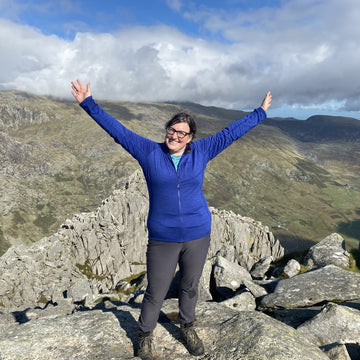
Himalayan adventures part 3, exploring Nepal's majestic landscapes.
“Now we need to climb without backpacks!” I said, looking up.
My feet were teetering by the tips of my crampons. The ice was bulletproof- alpinists normally call it 'black ice', the worst kind of ice for climbing! And we’dbeen climbing it since the beginning of the route and before each swing of our ice toolswe had to clean away 10 - 15 cm of rotten snow that was covering the horrible ice. The whole process was excruciating, it felt no different to digging a vertical tunnel! Finally, we reached a point we needed to take off and pull up our rucksacks to continute.
“On belay!”
Daniela was on the uncomfortable belay station, secured by two solid ice-screws. Directly below us the north face of the unclimbed, unnamed, 6000m mountain. That, and the void beyond.
“Hmmm, it doesn’t look that easy!”
A bit nervous, I committed to the pitch.

One day before, we had left base camp near the dirt road on the Suru Valley(4400 m). We has discovered a quiet, unexplored valley called “Pensilunga”, surrounded by promising mountains -some with summits over 6000 m. We couldn't find anyinformation about the place, soit seem liked the perfect spot to go to! Andthere it was, at the end of the valley,that beautiful mountain. We immediately wanted to climbit!


Doubts were emerging in our minds, we had just finished one hard ice climbing pitch and we had to pull the two backpacks up. On a good platform we tested the terrain above. The ice was. still black! The snow cover was. still rotten! From that point we had to make a long traverse, which meant that turning back from this point onwards would leave us with an epic descent. Normally that wouldn'tbe a deciding factor, but taking in account the conditions on the wallit could become too risky.
“What to do?”
Doubts were rising inour minds, and experience told us that there is only be one way to go in times of serious doubt. This beautiful mountain was a no go!

Back down on the glacier, we wondered over what tothe remaining good weather days. Being honest, we were trying to regain our confidence and good spirits so that we couldtry something else as a consolation prize. The next day we moved the camp to the bottom of another mountain, an unclimbed 5900m.
A short night's sleep, andat dawn we were already fully kitted up:gear hanging on the harness, ropes on, ready to climb.But contrary to the good weather prediction we had, it was snowing a bit. Nonetheless, we decided to move forward.
“Ok, here we go!”
We'd barely taken two steps when. BIP. An alarmingmessage from Vitor Baía,our weathervanefar offin Portugal:
“Big storm coming in from central India heading your way! Forget the climb, go down fast and find a safe place! Yesterday the forecast predicted 10cm of snow for today, now the prediction is 1 to 1.5m accompanied by strong winds! Get away from the mountains!”
“Wow! It looks like we have to go down right now!”
We had never received a message like that from Baía during any of our Himalayan expeditions. Fully trusting his knowledge, we didn’t take it lightly. We returned to camp, packed the tent andall the gearand just ran down the glacier with backpacks heavy as hellto reach basecamp by midafternoon. By this timeit was snowing intensely. Fortunately our camp was very close to the dirt road and we were lucky enough to find a last-minute jeep rescuejust before the road closed for good.
The storm raged for the next two days.
Some days later, while having coffee in Leh, we were reassessing our plans and our thoughts turned toanother mountain area. We had timeleft to try. something. Themountains were packed with fresh deep snow and the avalanche risk was at its maximum, the options were becoming limited. Finallywe decided to try our luck on the Kang Yatse range, an area we knew very well already.
Our plan was to pack for 11 days and simply wander around the area until we founda safe goal. It was not a sophisticated plan, but it was at least a plan, so we hired three porters to help us carry the load. The mountain was in full winter mode, with snow at very low altitudes. Half way throughour approach trek, the porters refused to continue. “Too much snow sir! We can´t go!”For us it was a big setback, especially asat the very beginning of the walk, Daniela had asked the guys if they could manage with the snow: “Just let us know now! Are you strong enough to cross the pass or not? If you can´t, we are now in a better place to rearrange the backpacks and adapt our plans.” “Don’t underestimate us!” was the answer.

So in the middle of a remote valley, we adapted ourplan. “Ten days on the mountain? Not a chance!” After some arguments with the porters, we had to rearrange our cargo and then we split. Porters down, Daniela and Iup, carrying more than 25kg each, uphill, with snow up to our knees. Night had already fallen whenwe crossed the Konmaru pass at 5200mand, close to midnight, we were finally inside our tiny bivy tent. Base camp installed!
After two dayswe left basecamp, already breaking trail in powder snow, sometimes down to our knees andmost of the time above them. We were frequently falling in hidden holes between blocks along the moraine. The risk of injuring or breaking a leg was very real. It took us about seven exhausting hours to place the first camp, in the middle of a glacier, almost at the base of our new goal: the unclimbed east ridge of Kang Yatse (6400m).

The next day we attackedagain. 'Attack' is the right wordas the snow conditions werecontinuallyterrible, forcing us to adopt our best Ninja mind will!. “Aggghhh! F*ng snow!”
Although we trusted (just a tiny bit!) that on the ridge andwith the increasing altitudethe snow could be better. we were wrong! In some sections of the climb we faced clear avalanche risk, especially while crossing long ramps between “lifesaving” rocky islands. There was not much technical difficulty and that too, became a problem. With no steep slopes to purge, the sugar snow didn't shed dreadful characteristics.
At 5750m, we found a sheltered tiny spot to place our bivouac, protected by a rock. After some digging, we manage to build a small platformlarge enough for two people to lay down. A couple of pegs secured the tent to the rock.

“Let´s see what happens tomorrow!”
We prepared to rest for a few hours, thinking about the day ahead. Our spirits were in turmoil. We knew the mountain was far from even medium conditions, but at the same time it was our last chance to pull something out of this expedition. Deep in our minds we knew the scenarios were not promising at all, yetwe were committed to try until the last drop of hope.
The next day saw us climbing in deep snow. again! Approaching 6000m we naively imagined that, on the steepest last part of the climb, the snow would surely get better. Again, we were wrong! Buried in snow until our knees, we hopelessly looked upin the direction of the unattainable summit. To reach itwe needed at leasteight hours more of effort and with no good places to abseil, the prospect of a night descent in avalanche prone slopes was too risky to accept. “Maybe it is possible for someone, but not for us!”
Once more, we bailed! Sad, mentally tired with somber spirits, very few words were exchanged in the slow descent.

One more hard slogging day took us to basecamp.
The next day we packed again, this time to get out of the mountains for good. With the added weight of dissappointment, our heavy loads were even harder to carry.
These failures after so much investment in terms of training, risk, money and, more important, dreams, always make us wonder“isitworth it?” It is the unspoken question, but it is there, in the back of our minds.
Time for introspection.
“Damn it! Next year we go to the Maldives!” Danielashoutedto the skies.
......
A few days later, sitting on the planeheading home, we looked at each other: “So, next year it could be cool to plan a 7000?”
I turned my head and looked outside. Approaching jet-plane altitude, the sky was dark-blue. If we weren’t on the wrong side of the seats we could see the Himalayas farto the north.
“Mmm. Remember the valley wewent to in 2010? There is a huge mountain and I think its south face is still unclimbed. Let me see if I remember its name. ah! It is called.”





![Talini [Mens]](http://eu.alpkit.com/cdn/shop/products/mens-talini-nemo.jpg?v=1720030582&width=768)









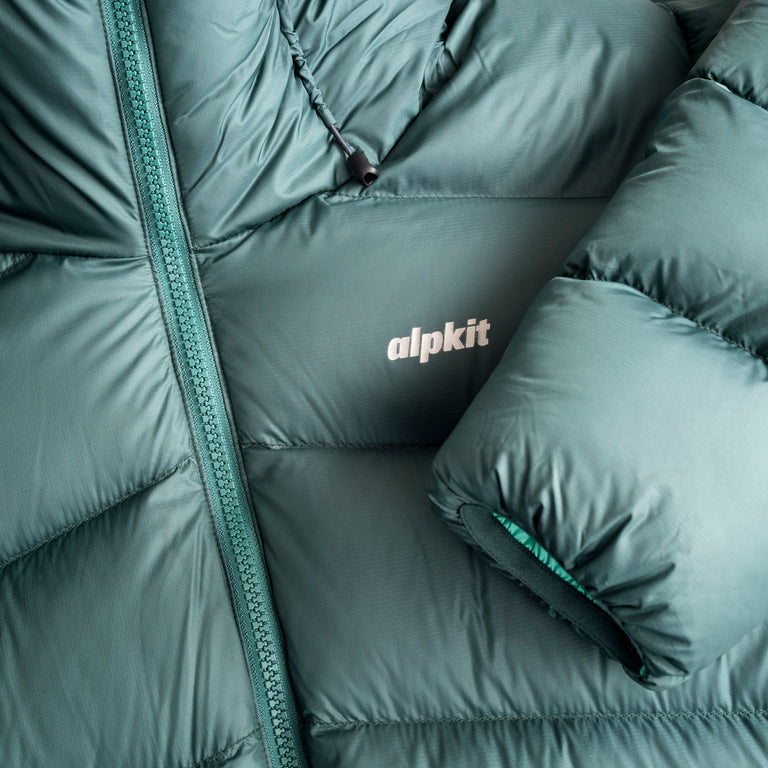
![Solace [Mens]](http://eu.alpkit.com/cdn/shop/files/mens-solace-2024-black.jpg?v=1724178774&width=768)
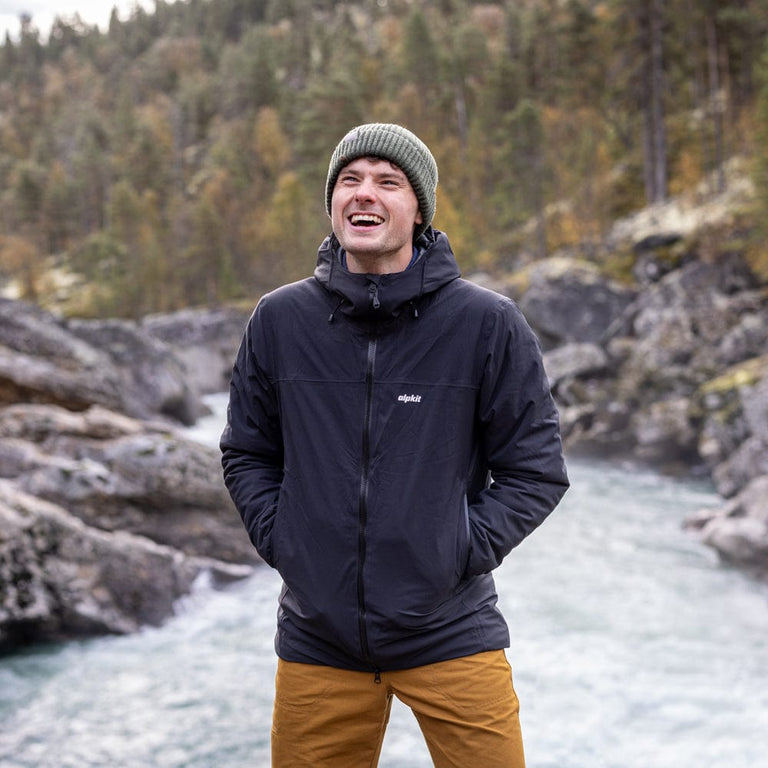
![0Hiro [Mens]](http://eu.alpkit.com/cdn/shop/files/0-hiro-mens-black_copy.jpg?v=1729100287&width=768)
